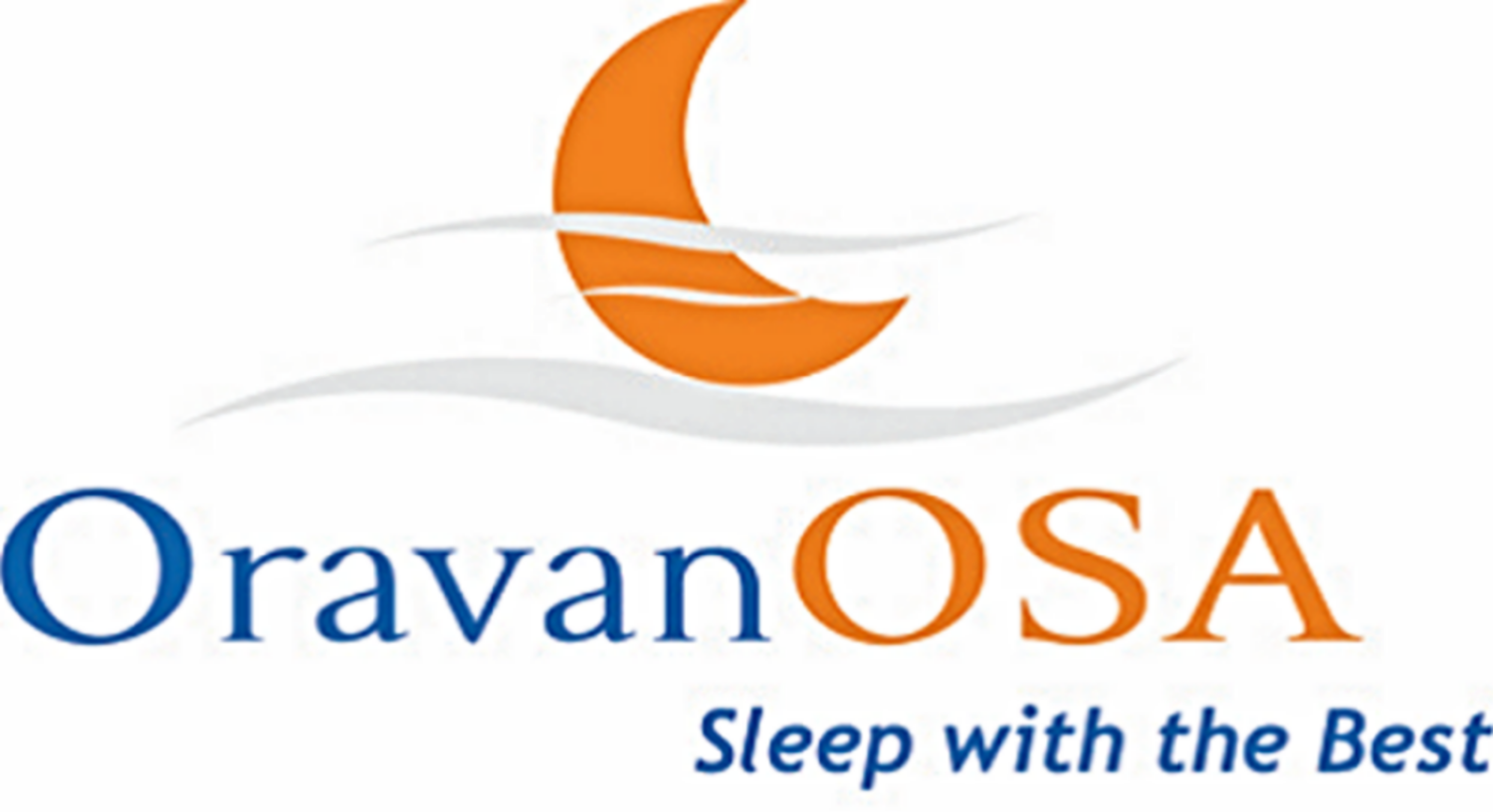How do i receive an oral device?
Our oral devices are truly custom-fit, allowing for maximum effectiveness. You must visit a dental professional who has experience practicing sleep medicine. The dentist will take upper and lower impressions as well as record a bite registration to measure how far forward the jaw should initially be set at.
Ask your dentist if they are practicing sleep medicine and can provide you with one of our devices. If not, please feel free to contact us and we can help find you a provider.
About sleep apnea
Sleep apnea can be a problem that goes well beyond annoying your partner with loud snoring. Recent research has indicated that approximately 40 million Americans suffer from some form of Obstructive Sleep Apnea or OSA and many of those are not receiving treatment. If left untreated, sleep apnea can be a leading cause of life threatening conditions.
What is Obstructive Sleep Apnea (OSA)?
Obstructive Sleep Apnea is a condition that prevents airflow during sleep. Tissue in the back of the throat collapses and blocks the airway, cutting off the amount of oxygen that is delivered to your organs including your brain and your heart. People that have sleep apnea may know that they are snoring loudly but may not know that they actually stop breathing for short periods of time. The body wakes up when the blood-oxygen level drops low enough. It can happen hundreds of times throughout the night and though you may not know when it is happening, you wonder why you wake up in the morning feeling tired and unrefreshed.
WHAT are the dangers of sleep apnea?
If left untreated, sleep apnea can be very serious. Recent studies have linked sleep apnea to higher risks of stroke and heart problems, such as heart attack, congestive heart failure, and hypertension as well as diabetes and increased risk of cancer. You may feel tired and run down, increasing the likelihood of being involved in an accident while driving or at work. Sleep apnea can also cause headaches, irritability, depression, memory loss, decreased sex drive, and impaired concentration.
Who is at risk?
Sleep apnea can affect anyone at any age, even children. But common risk factors include:
- being male
- being overweight
- being over 40 years of age
- having a large neck size
- having large tonsils, a large tongue or small jaw bone
- having a family history of sleep apnea
- having nasal obstruction due to deviated septum, allergies or sinus problem
WHat are the signs?
- loud or chronic snoring
- waking from sleep and gasping for air
- daytime sleepiness
- insomnia
- waking up with sore or dry throat
- fatigue
how is sleep apnea diagnosed?
If you experience any of these signs and suspect you may have sleep apnea, consult your physician or dental professional. They will refer you to a sleep specialist to perform an overnight sleep study called a polysomnogram or have you bring home a Home Sleep Test (HST). These tests will record your brain waves, heart beat, and breathing during sleep. They also record your arm and leg movement. A sleep specialist may also ask you to keep a diary for two weeks to track your general sleep habits.
What are my treatment options?
Once you are diagnosed with Obstructive Sleep Apnea, your treatment will depend upon the severity of your case. If you have been diagnosed with mild to moderate Obstructive Sleep Apnea, or snoring, The American Academy of Sleep Medicine and the American Academy of Dental Sleep Medicine offer clinical guidelines stating that oral appliance therapy be the front line treatment of choice. Patients diagnosed with severe sleep apnea should have an initial trial of nasal CPAP due to its advanced effectiveness for those cases. If you are diagnosed with severe sleep apnea but are intolerant or refuse to use the CPAP, and are not candidates for surgery, oral appliance therapy is also indicated.
About oral appliance therapy
Oral appliance therapy involves the careful selection, fitting and use of a custom designed oral appliance, such as the Oravan™, that maintains an open unobstructed airway in the throat when worn during sleep. Custom made, FDA cleared, oral appliances that are fitted by a dental professional trained in dental sleep medicine is highly recommended by the American Academy of Sleep Medicine and the American Academy of Dental Sleep Medicine.
Advantages of oral appliance therapy
- Oral appliances are comfortable and easy to wear. Most people adjust to wearing an oral appliance very quickly and find that they sleep much more soundly with their use
- Oral appliances are small, convenient and easy to travel with
- Treatment with oral appliances are non-invasive and effective
Types of oral appliances
Most oral appliances fall into two categories. A Tongue Retaining Device (TRD), which holds the tongue in a forward position using suction, or the more popular Mandibular Advancement Device (MAD), such as the Oravan™. These appliances reposition and maintain the lower jaw in a forward position during sleep, which opens the airways to allow for easy breathing. In addition, the Oravan’s open anterior design encourages the tongue to come forward to open the airway even further. Most patients prefer this treatment option instead of surgery or CPAP treatment.

